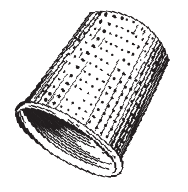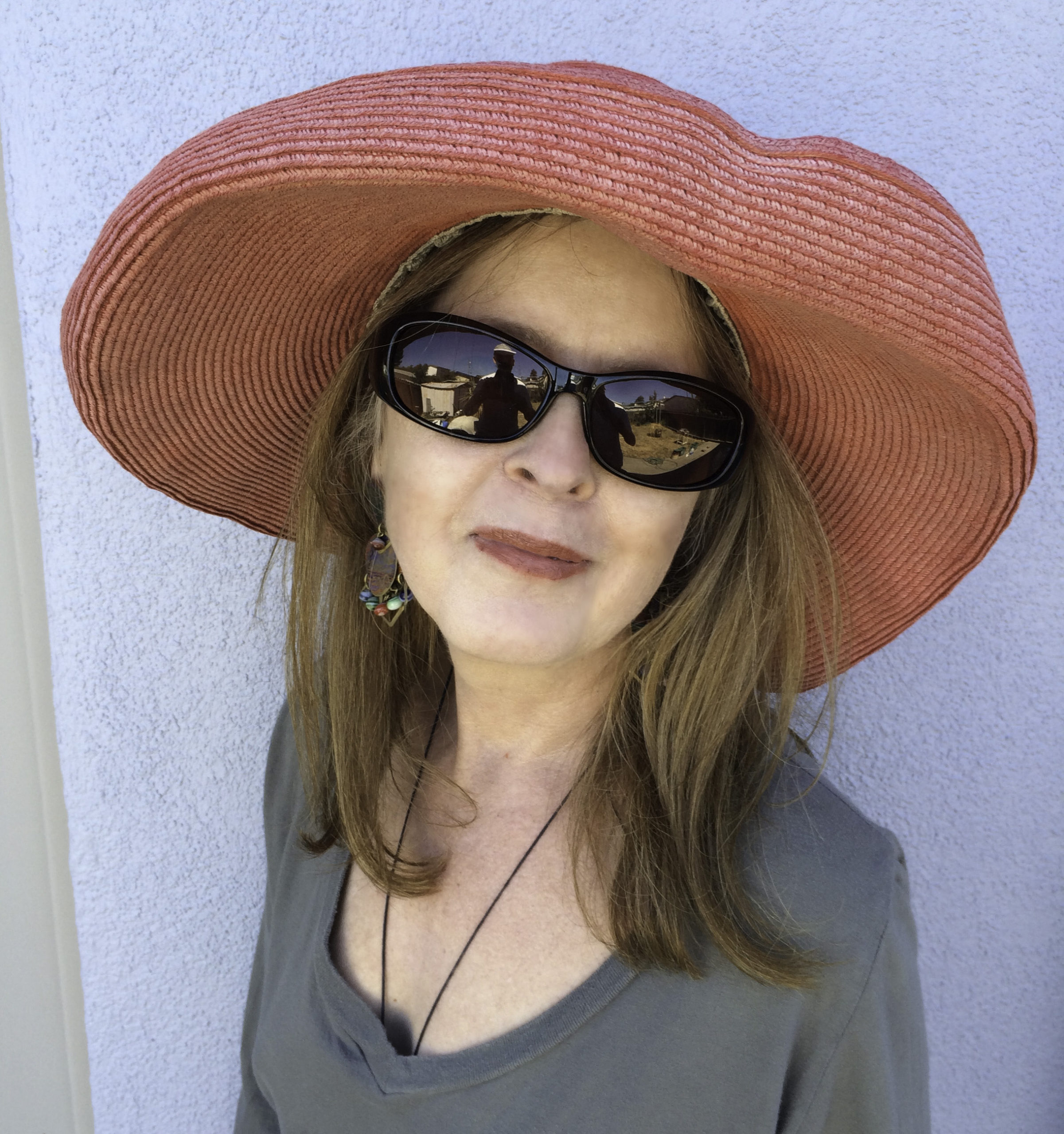i am sleeping with a strange person, says the man.
the road swirls between low ridges furred with yellow grass. in the crevices along the slopes, emerald shrubs tall as trees. in the distance, low-slung dark blue clouds wrap a pale sheet of sky. an old stick-style farmhouse spread with a skirt of veranda. rectangle of rowed vegetables, edged with gravel path. charcoal stone outcrops push here and there through the glowing moor like gods insisting they are still here.
her face unlined. hair fuzzed. thighs flopped. lying flat, eyes closed, heard the voices. she walks one foot. other foot. she looks at the man’s face. a face she has looked at for fifty-one years. he speaks and gestures. she turns her head. trying. maybe not seeing light forms as shapes. depth.
human infants recognize faces and face-like patterns within the first week or two. they prefer an image with two symmetrical dots at top, a bell curve at bottom, to that image reversed with the two dots at bottom. they can make a figure of a face into a face.
a third person says, hi K. her face twitches the smallest number of pixels that a viewer can perceive. a quantum of visible response. perhaps it does not twitch. people project pattern onto randomness all the time. people see things that are not there. that’s called a story. the third person reaches to embrace her. all at once she dissolves into shaking and laughing and cradling the other like something long-lost. a marker in a vast field.
she is made to sit. she spoons food. she looks down. not at faces around, not at the objects in the room, not at green leaves tossing beyond a window. she stores a bolus of food in her cheek, spoons in more. the man stops this. he tells her to chew the stored. he reaches between her lips, pulls the bolus from the side area into the main mouth compartment.
google: “staging of dementia.” it says there are seven stages.
***
a tawny cardinal grips a low branch. her head and wings and breast nestle in rusty softness. she’s the only bird in the tree. it’s september and i am visiting a 93-year-old man. she is not supposed to be here, he says. she should have left two weeks ago. the street is mostly silent except for a faint shush of wind. he tells me he’s dug in his yard and found old bottles and indian spear points. his great-grandchildren gave him an atomic clock that keeps perfect time and never has to be wound. almost everyone else in his village has moved away.
there’s more short corn lately, he says. i’m seeing sunflowers. they don’t need so much water.
people tell me he knew C. biggest thing that ever happened in this county. the 93-year-old man says nothing for a moment. searching for the spot on the disk. then. it was after he came back to town. i was twenty or so. it was the depression. C., we both planted vegetables, a strip right next to the river. well, your family had that land–his family. we did ok those years, able to feed ourselves at least.
C. had a cabin. he’d walk over to his sister’s place for lunch and walk back. and for dinner, the same. my father did hire him some summers. but he was often in a temper. kept his money sewn in his coat. wouldn’t let a woman even hang it up.
the river runs slow now. all the crops upstream, you know, that causes it. but my grandfather told me, when folks first got here, the river ran swift and strong. he saw it.
***
“…maintaining momentum had been at a certain cost.” Joan Didion, Blue Nights.
the man is doing woodworking. he is building a redwood deck outside the living room glass door. which is locked. as are all the doors.
for me, a person who has met her fifteen or twenty times, K. appears quite familiar. her drawing in with her body and drawing away. her directing her face in a listening posture. her looking away.
“Her husband. My husband. She would say it again and again. When she could still speak.” Joan Didion, Blue Nights.
in Bill Viola’s video piece, “Nantes Triptych,” an image of a woman giving birth apposite an image of a woman taking her last breaths. a cliche. but between the two frames, a slow-motion video of a man fully clothed, suspended in water, moving his limbs. the fabric pulls and twists, snagging his efforts. the camera plunges the viewer underwater. the man’s head is out of the frame. you can’t see his face. perhaps his mouth is open gobbling for air. he treads water in an infinite present. failing to escape. failing to drown.
the middle panel takes meaning placed between the other panels. as a word takes connotation from the phrase of which it is a part.
***
when he died, they tied a white kerchief around his jaw to keep his mouth closed. it simulated a woodcut portrait of a human face. in woodcut, an artisan gouges incisions parallel to the axis of a tree’s growth grain. the crafter must work along the tree’s already made pathways. the grain lines may suggest a face, the way a newborn can recognize the least features of a face. i would say can name the features. but small infants don’t name. they hear names and repeat names and recognize names. then they name things. make names. names make stories. are stories in themselves.
there are no photographs of C. i have photos of his father. his brother. his brother’s son. his brother’s son’s son. C. is absent.


